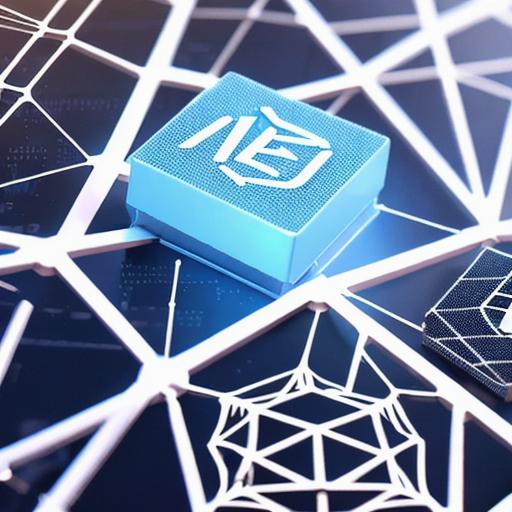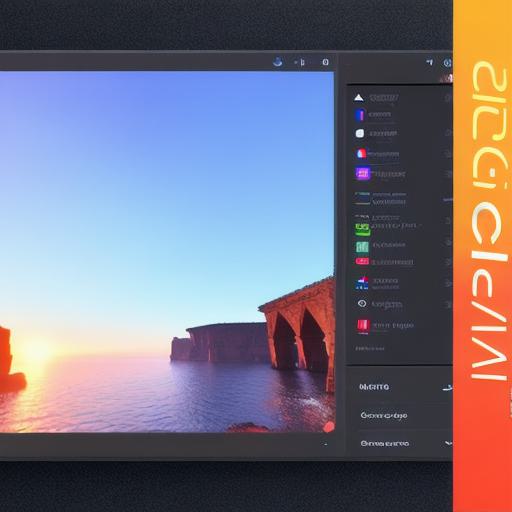Web3 is revolutionizing the way we interact with the internet and the world around us. It’s a decentralized, peer-to-peer network that allows for secure and transparent transactions without the need for intermediaries like banks or governments. In this article, we will explore what Web3 is, how it works, and how you can master it for a brighter future.
What is Web3?
Web3 is a decentralized network that allows users to interact with each other and with smart contracts on a secure, transparent, and peer-to-peer basis. It’s built on blockchain technology and enables users to control their own data and assets without the need for intermediaries like banks or governments.
Web3 has several key features that make it different from Web2:
- Decentralization: Web3 is a decentralized network, which means that there is no central authority controlling it. Instead, transactions occur directly between users on the network, making it more secure and resilient to censorship and hacking.
- Smart Contracts: Web3 enables the use of smart contracts, self-executing programs that automate complex tasks and enable secure, transparent transactions without intermediaries.
- Transparency: Web3 uses public ledgers to record all transactions, making it easy to track and verify the authenticity of assets and data.
- Security: Web3 uses cryptographic techniques to secure transactions and protect user privacy.
How does Web3 work?
Web3 works by using blockchain technology to create a decentralized network that enables users to interact with each other and with smart contracts on a secure, transparent, and peer-to-peer basis. Here’s how it works:
- Blockchain: Web3 uses a distributed ledger called the blockchain to record all transactions on the network. The blockchain is decentralized, meaning that there is no central authority controlling it. Instead, transactions occur directly between users on the network, making it more secure and resilient to censorship and hacking.
- Smart Contracts: Web3 enables the use of smart contracts, self-executing programs that automate complex tasks and enable secure, transparent transactions without intermediaries. Smart contracts are written in programming languages like Solidity and are executed on the blockchain.
- Decentralized Applications (dApps): dApps are applications built on the Web3 network that allow users to interact with each other and with smart contracts on a secure, transparent, and peer-to-peer basis. Examples of dApps include decentralized marketplaces, social networks, and payment systems.
Real-life examples of Web3 in action
Web3 is already being used in several real-life examples, including:
- Decentralized finance (DeFi): DeFi is a financial system built on Web3 that allows users to access financial services like lending, borrowing, and trading without the need for intermediaries like banks or governments. Examples of DeFi platforms include Uniswap and Compound.
- Digital identity: Web3 enables secure and decentralized digital identity solutions that allow users to control their own personal data and assets without the need for intermediaries like social media companies or governments.
- Supply chain management: Web3 can be used to create transparent and secure supply chains that enable tracking and verification of goods and services throughout the entire process. This can improve efficiency, reduce costs, and increase transparency.
Case studies and personal experiences
Several companies and individuals are already using Web3 for various use cases. For example:
- Cryptokitties: Cryptokitties is a decentralized marketplace that allows users to buy, sell, and breed unique digital cats on the Ethereum blockchain. This platform has raised millions of dollars in funding and has become one of the most successful dApps ever built.
- 0x: 0x is a decentralized exchange built on Web3 that allows users to trade assets on the Ethereum blockchain without the need for intermediaries like exchanges. This platform has been used by several large enterprises, including Starbucks and PayPal.
FAQs

1. What is Web3?
Web3 is a decentralized network that allows users to interact with each other and with smart contracts on a secure, transparent, and peer-to-peer basis. It’s built on blockchain technology and enables users to control their own data and assets without the need for intermediaries like banks or governments.
- How does Web3 work?
Web3 works by using blockchain technology to create a decentralized network that enables users to interact with each other and with smart contracts on a secure, transparent, and peer-to-peer basis.
- What are dApps?
dApps are applications built on the Web3 network that allow users to interact with each other and with smart contracts on a secure, transparent, and peer-to-peer basis. Examples of dApps include decentralized marketplaces, social networks, and payment systems.
